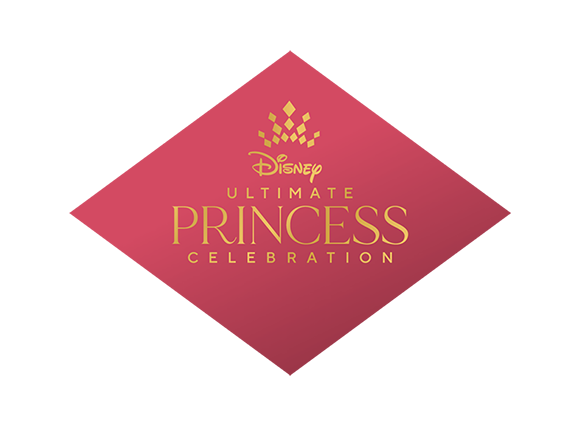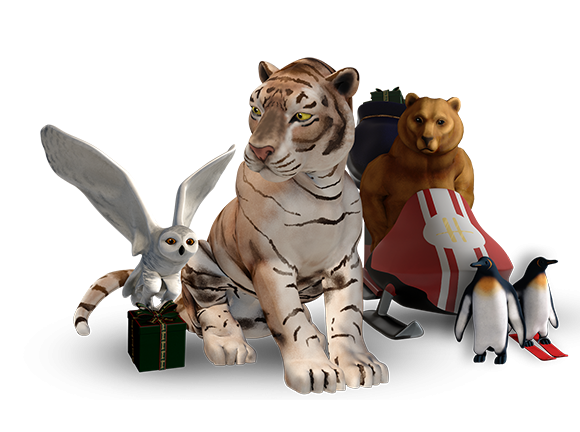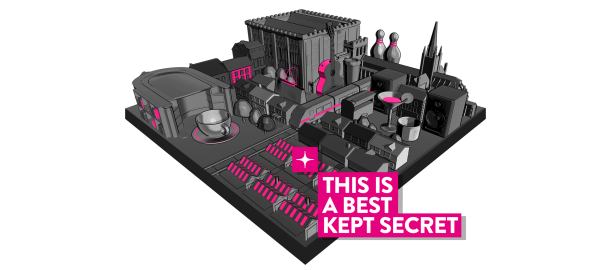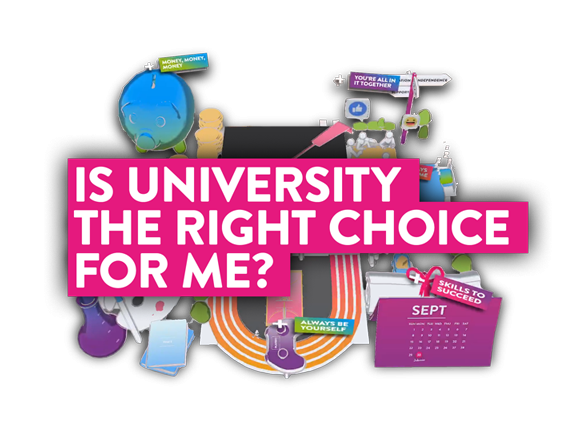Augmented Reality
What is AR?
Augmented reality is when digital elements are overlaid into a real-world environment to create an overall experience that blends virtual with physical. Viewed through an AR headset or via a mobile device with a camera, AR can either add a layer of content to an already existing object, such as data, facts, stats, or images; or it can place a new virtual object in the real world, for example, a new car that’s yet to be released. Experiences can be triggered from a marker, from a tracked object, or spawned without a marker.
Why use AR?
AR enhances the world around us. It gives users an interactive and explorative way to access content that’s both fun and playful, and it’s uniquely practical – enabling you to access large amounts of content from something tiny, or even from something that isn’t there at all. All users need is a mobile device with a camera, which makes it easier to engage a wide audience.
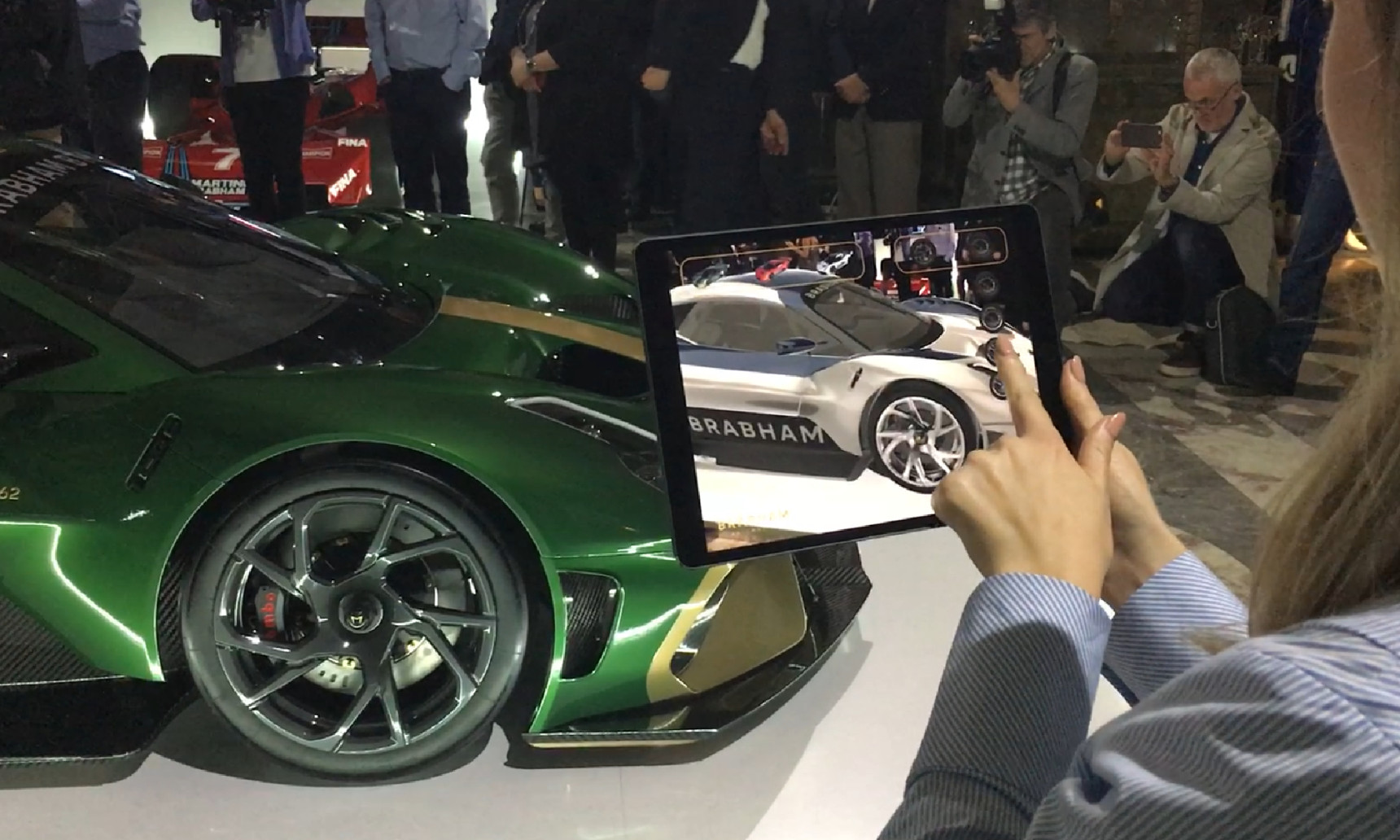
What are the benefits?
Drives engagement and conversions
AR is popular because not only is it genuinely useful, but it’s fun too. With AR apps, you can try on clothes without leaving the house or measure up a room with just your phone camera – so it’s no wonder it’s predicted to change how we interact with different sectors, from commerce to healthcare. And because it’s entertaining, it not only gets the viral buzz but its interactivity drives engagement too, which in turn boosts conversions – making it a win-win.
Easily accessible
To access an AR experience, all you need is a smartphone or tablet with a camera. And with the onset of web AR experiences, sometimes you don’t even need to download an app. This makes AR instantly accessible and highly engaging, with experts projecting that AR users will reach 3.5 billion by 2022.
Highly flexible
AR is hugely flexible – a single experience can trigger all sorts of different content, which gives organisations and brands a wide range of options. Whether educational, entertainment or experiential, AR experiences can include:
2D and 360º video
2D and 3D animation
3D objects
Interactive elements
This is why we’ve seen it used to great effect across the gaming, healthcare, education, manufacturing and retail sectors. Take a look at some of the AR experiences we’ve created.
AR Case Studies
App AR or web AR?
You can access AR experiences in two main ways: through a dedicated app downloaded onto a mobile device or via a web page. As a rule, we recommend building an app as this method offers greater and more reliable functionality, provides a higher quality of experience and doesn’t require an active internet connection at the time of use – so if you’ve already downloaded the app you can use it anywhere.
Web AR is the next step in augmented reality experiences – where you can access an experience using just an internet connection and a web page. As the technology stands, web AR is not yet as advanced as app AR, so you cannot equal the same level of quality or interaction – but it can provide basic experiences without the need for a native app to be downloaded.
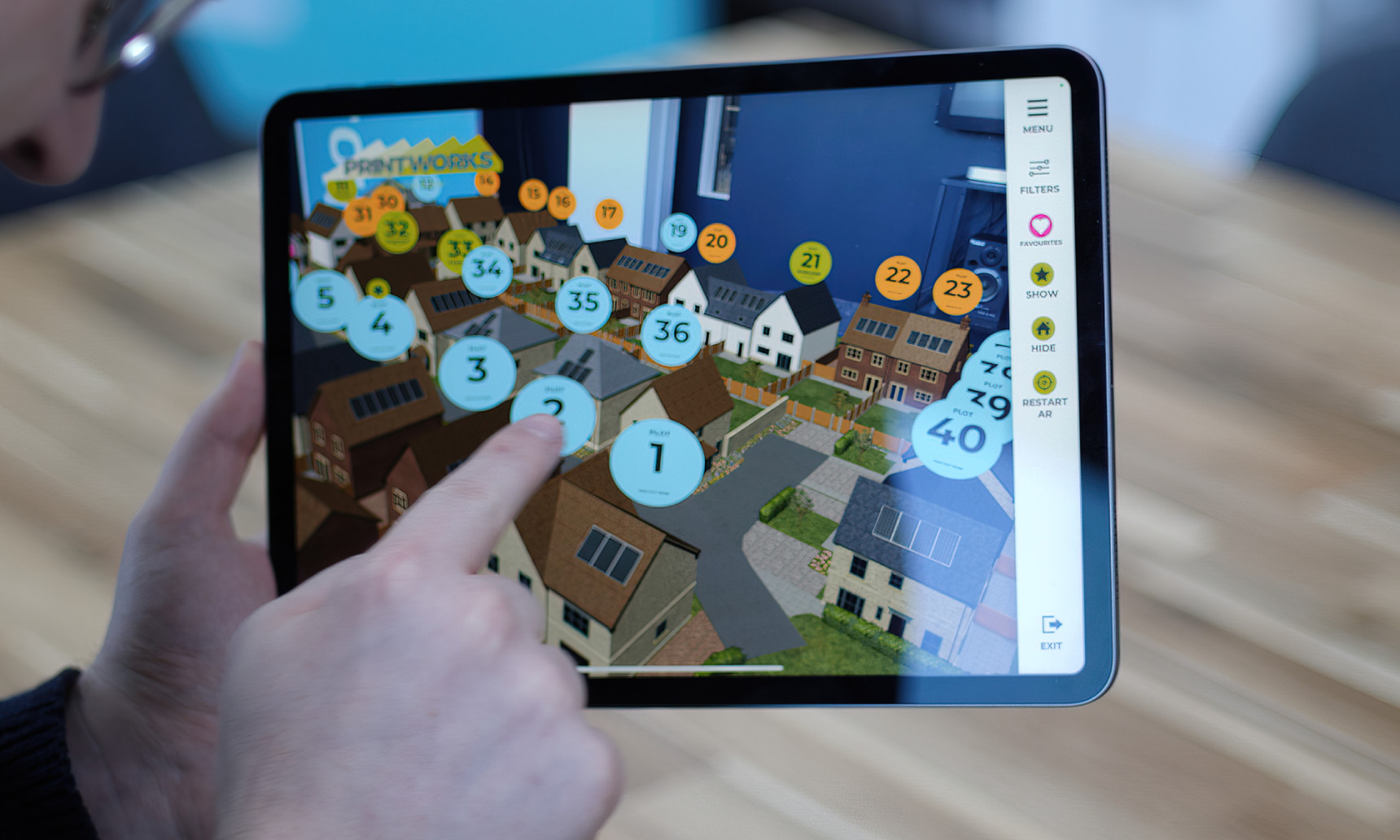
How do we do it?
Like VR, we’ve been leading the way in AR experiences for many years – building up expertise and knowledge as the technology has evolved. We use a wide range of software depending on the application, including; 3JS, Snapchat's Lens Studio and Meta's Spark AR
Whether you’re looking for a marker-based or markerless experience, for web or app, our team of modellers, developers, and creatives know-how to build an effective and engaging AR experience for your organisation using the very latest technology.
Do you have a message you want to convey? A situation that needs simulating, or an audience that needs reaching? Whatever your challenge – we have the ideas, the experience, and the equipment to help.



